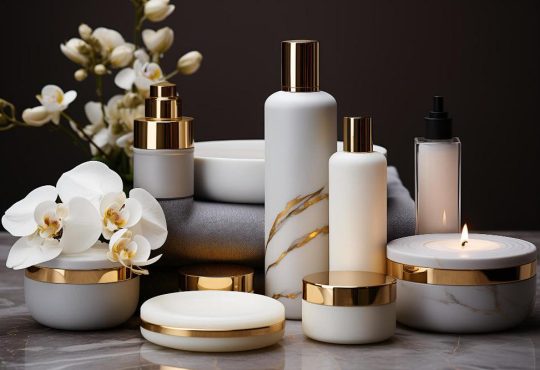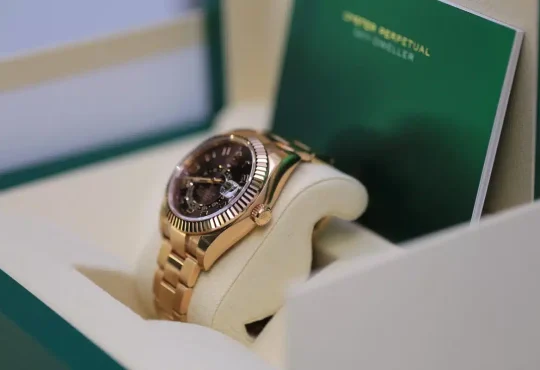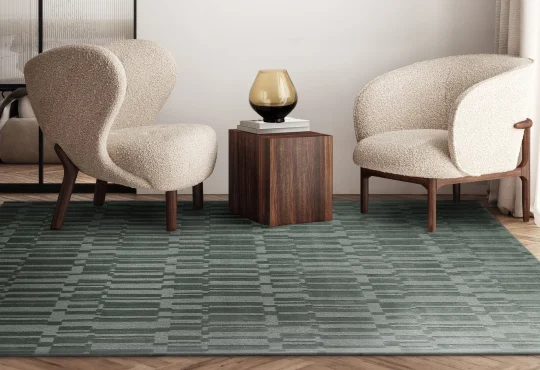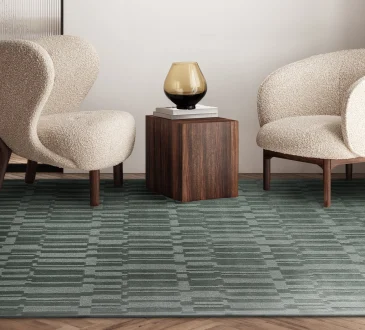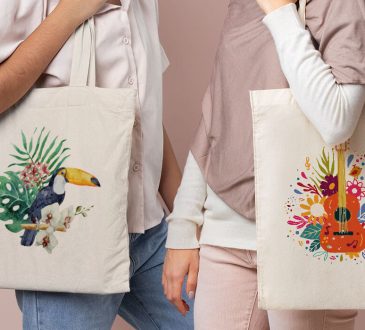The Role of Virtual and Augmented Reality in the Future of Fashion Retail
The fashion industry has always been one of the most dynamic and innovative industries, constantly adapting to changing trends, technologies, and consumer preferences. In recent years, virtual and augmented reality have emerged as game-changing technologies that are revolutionizing the way fashion brands interact with customers and sell their products. In this article, we will explore the role of virtual and augmented reality in the future of fashion retail.
Virtual Reality and Fashion Retail
Virtual reality (VR) is a technology that creates a simulated environment that can be similar or completely different from the real world. In the context of fashion retail, VR can be used to create virtual stores that customers can explore and shop from the comfort of their own homes. This technology has the potential to transform the way customers shop for clothes, as it allows them to experience the products in a more immersive and interactive way.
One of the biggest advantages of VR in fashion retail is that it eliminates the need for physical stores, reducing the overhead costs associated with maintaining a brick-and-mortar store. This can result in significant cost savings for fashion brands, which can be passed on to the customers in the form of lower prices or better quality products. Additionally, VR can help fashion brands reach a wider audience, as customers from all over the world can access the virtual store.
Another advantage of VR in fashion retail is that it can provide customers with a more personalized shopping experience. By using data analytics and machine learning algorithms, VR can create virtual stores that are tailored to individual customers’ preferences and shopping habits. This can help customers find the products they are looking for more quickly and easily, leading to higher customer satisfaction and loyalty.
Augmented Reality and Fashion Retail
Augmented reality (AR) is a technology that overlays digital information onto the real world. In fashion retail, AR can be used to create virtual try-on experiences, allowing customers to see how clothes look on them without having to physically try them on. This technology has the potential to revolutionize the way customers shop for clothes, as it eliminates the need for physical fitting rooms.
One of the biggest advantages of AR in fashion retail is that it can help customers make more informed purchasing decisions. By using AR to try on clothes, customers can see how the clothes look on them before they buy them, reducing the likelihood of returns and exchanges. Additionally, AR can help customers visualize how the clothes will look with other items in their wardrobe, helping them make better outfit choices.
Another advantage of AR in fashion retail is that it can create a more engaging and memorable shopping experience for customers. By using AR to create interactive displays and promotions, fashion brands can capture customers’ attention and create a buzz around their brand. This can help increase brand awareness and loyalty, leading to higher sales and profits.
The Future of Fashion Retail
Virtual and augmented reality are still in their early stages of development, but they have already shown tremendous potential in the fashion retail industry. As these technologies continue to evolve and become more widely adopted, we can expect to see even more innovative and exciting applications in the future.
One area where VR and AR are likely to have a significant impact is in sustainability. By using VR and AR to create virtual clothes and accessories, fashion brands can reduce their environmental footprint by using fewer materials and resources. Additionally, VR and AR can help fashion brands create more sustainable supply chains by allowing them to track and monitor their products from production to disposal.
Virtual and augmented reality are set to transform the future of fashion retail, providing customers with more immersive, personalized, and sustainable shopping experiences. Fashion brands that embrace these technologies and use them to create innovative and engaging experiences are likely to see significant benefits in terms of customer satisfaction, loyalty, and profitability.
